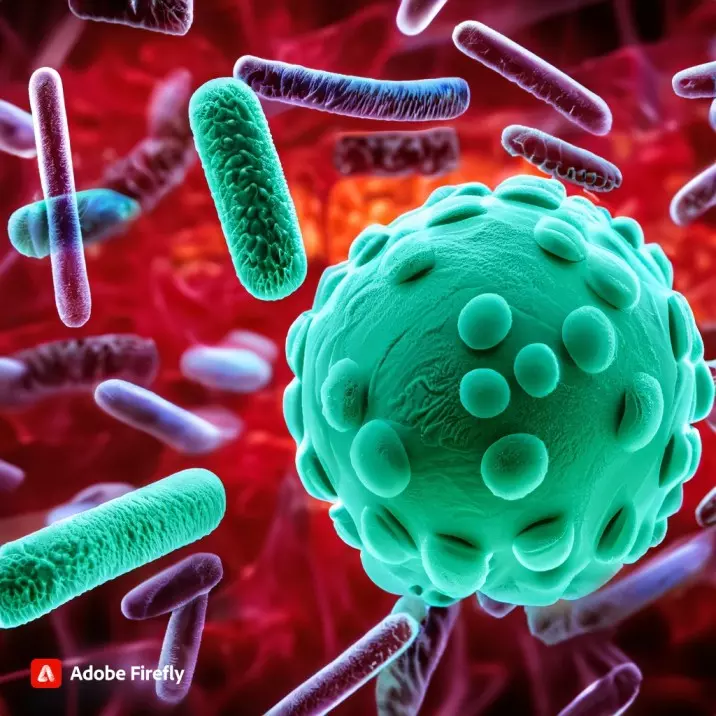Recent research has unveiled a significant connection between specific combinations of bacteria found in dust at daycare facilities and wheezing in young children. Wheezing, often considered an early sign of asthma, has been a growing concern among parents and healthcare professionals alike. This groundbreaking study sheds light on the mechanisms through which attending daycare can impact children’s lung health and offers insights into potential measures for reducing the risk of asthma in the future.
The Dust and Asthma Link:
Wheezing is a common symptom in children, particularly those aged five and younger. It is characterized by a high-pitched whistling sound produced when breathing and is often associated with respiratory issues. While wheezing itself does not always lead to asthma, it is recognized as a significant precursor to the condition. Asthma, a chronic lung disease that affects millions worldwide, can be particularly debilitating when it strikes at an early age.
The Research Findings:
Scientists have long speculated about the factors that contribute to the development of asthma, especially during early childhood. The new research conducted by a team of experts in the field sought to investigate the role of the indoor environment, specifically the dust in daycare facilities, in this context.
The study, which analyzed dust samples collected from various daycare centers, discovered that specific combinations of bacteria were strongly associated with wheezing episodes in young children. While dust itself is a complex mixture of various particles, including pollen, fungi, and bacterial components, it is the unique composition of bacteria in the dust that appears to be the key factor.
Implications for Day Care Attendees:
The findings of this study raise important questions about the potential impact of day care attendance on children’s respiratory health. It is well-documented that children who attend day care facilities are more likely to be exposed to a wider range of microorganisms than those who stay at home. While some exposure can help build a child’s immune system, an imbalance in the types of bacteria encountered may lead to adverse health effects.
Preventing Asthma:
Understanding the connection between specific bacterial combinations and wheezing episodes is a crucial step toward preventing asthma in young children. Researchers are now investigating potential measures that could reduce the risk of asthma in day care attendees. These measures may include implementing stricter cleaning protocols in daycare facilities, promoting proper ventilation, and introducing practices that encourage a healthier bacterial environment in these spaces.
The recent discovery of a link between specific bacterial combinations in day care dust and wheezing in young children is a significant breakthrough in asthma research. It offers a promising avenue for identifying preventive measures to reduce the risk of asthma, a chronic condition that affects the lives of millions of individuals. While further research is needed to fully understand the mechanisms at play, this study marks a critical step toward safeguarding the respiratory health of our youngest generation. Parents, healthcare professionals, and daycare providers alike can look forward to a future where asthma’s impact on children’s lives is significantly reduced.
Also Read: G20 Summit 2023: India Leading Charge Towards Achieving G20 Health Goals
https://thelogicalindian.com/h-upload/2023/09/14/500x300_233448-firefly-images-related-to-bacteria-80613-1.webp
Trending
2023-09-14 08:55:28.0
Day Care Dust Bacteria Combinations Linked To Wheezing In Young Children










